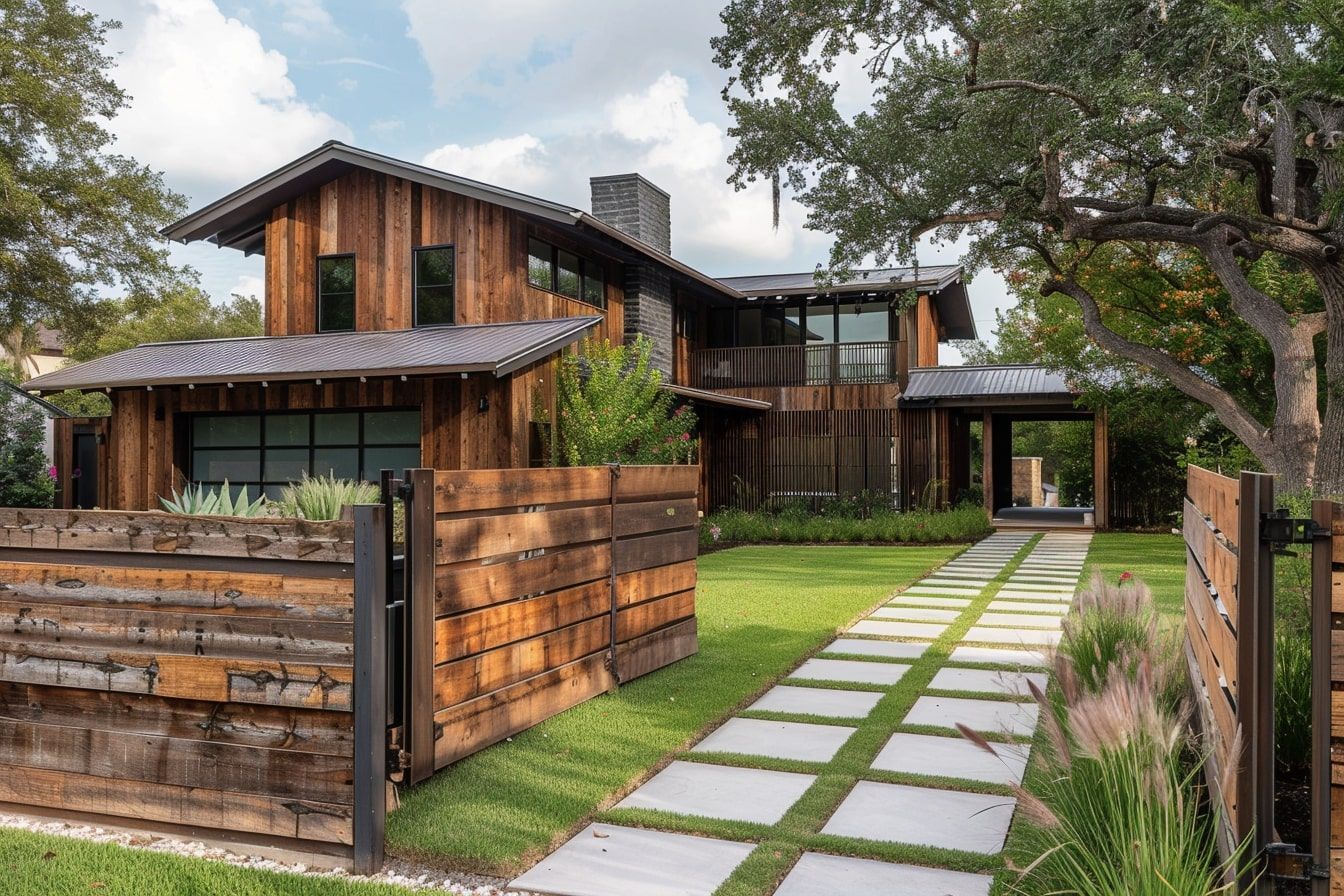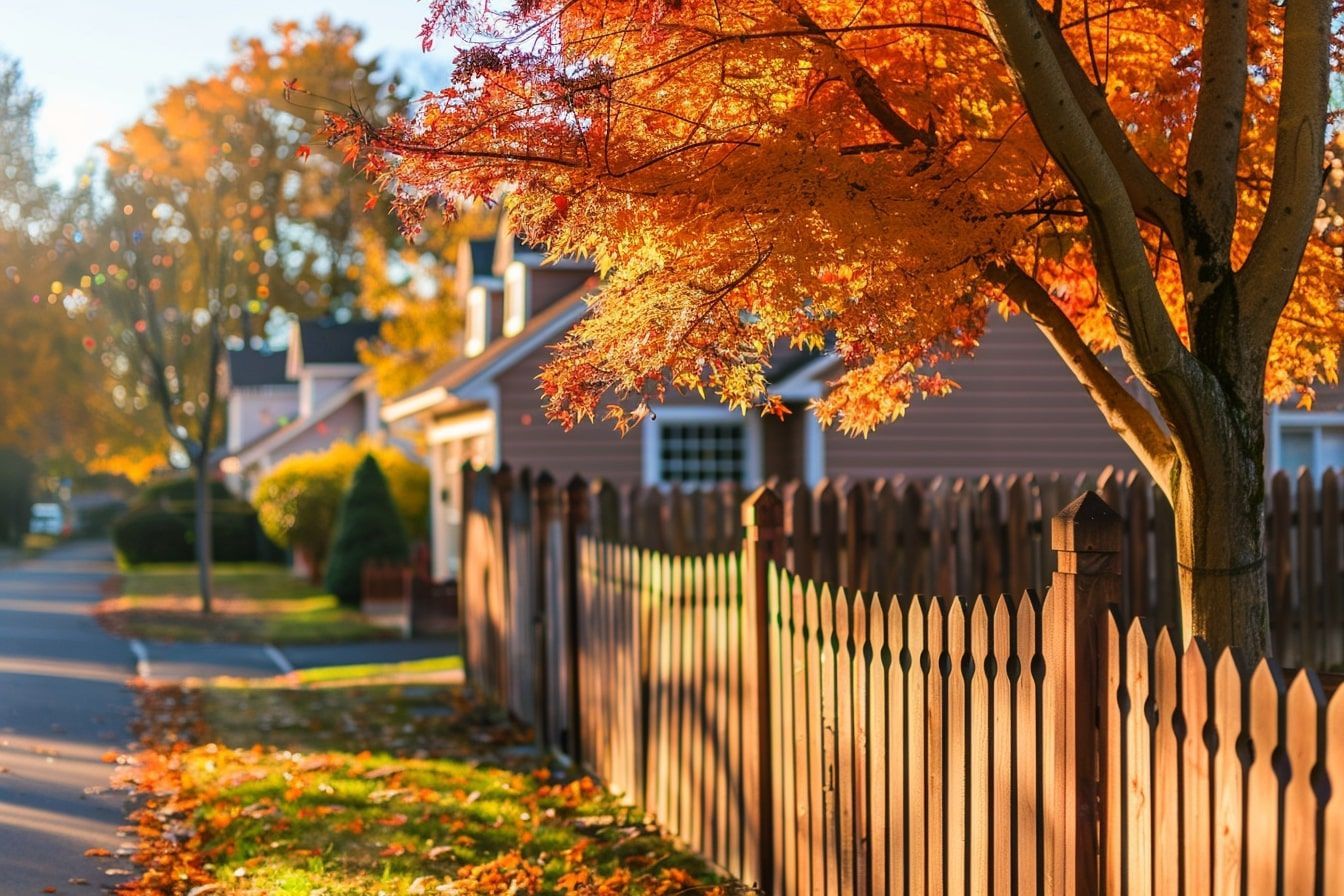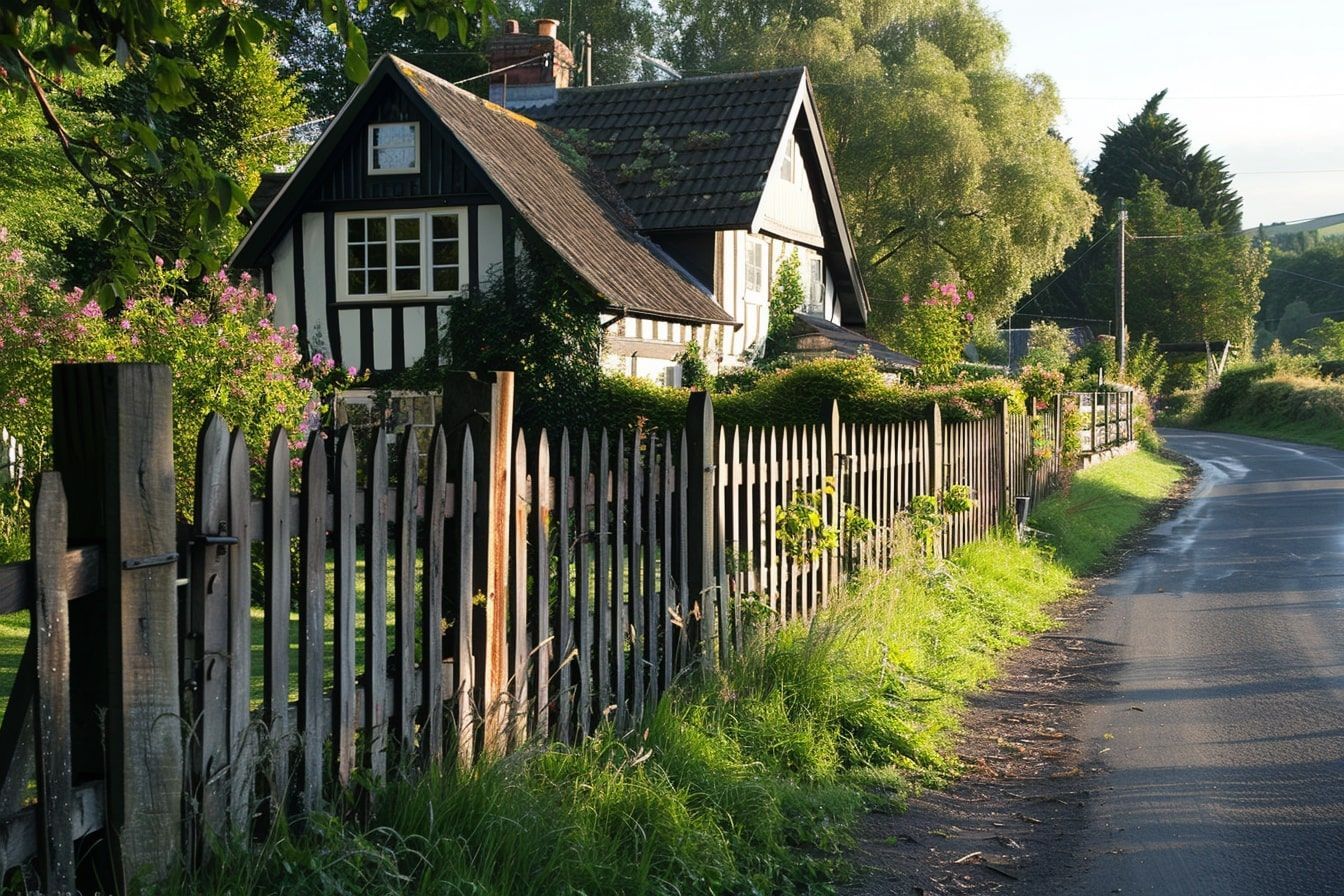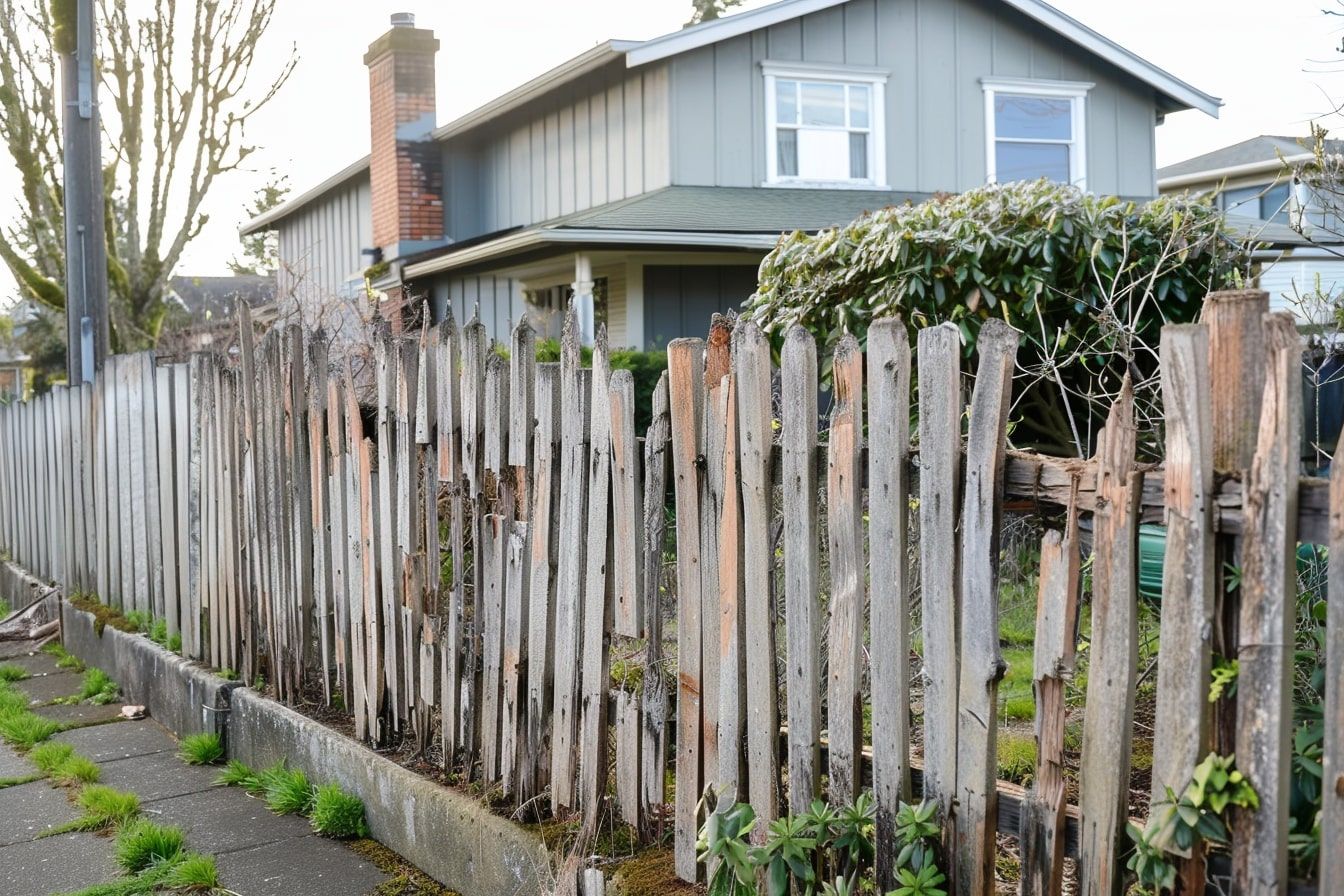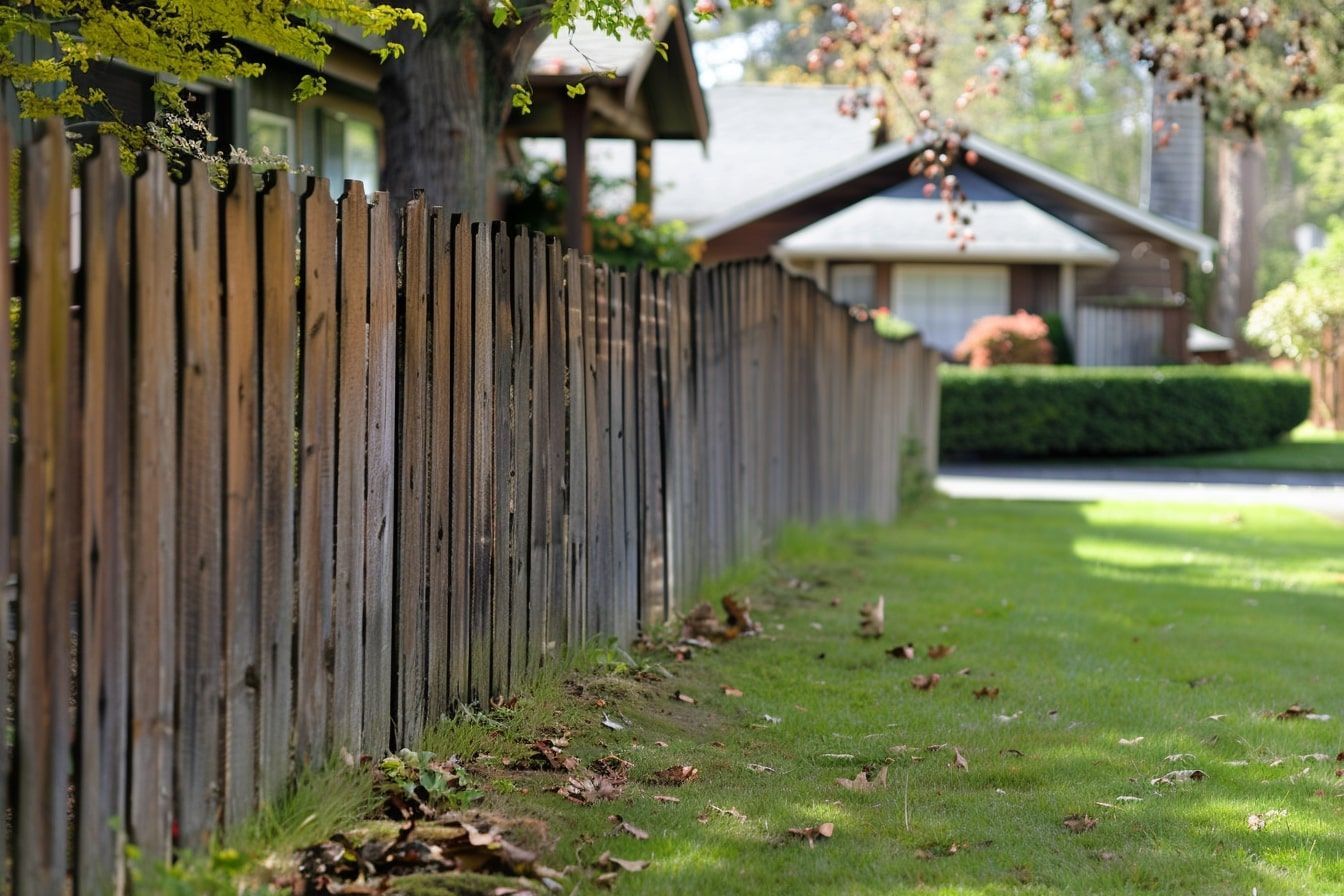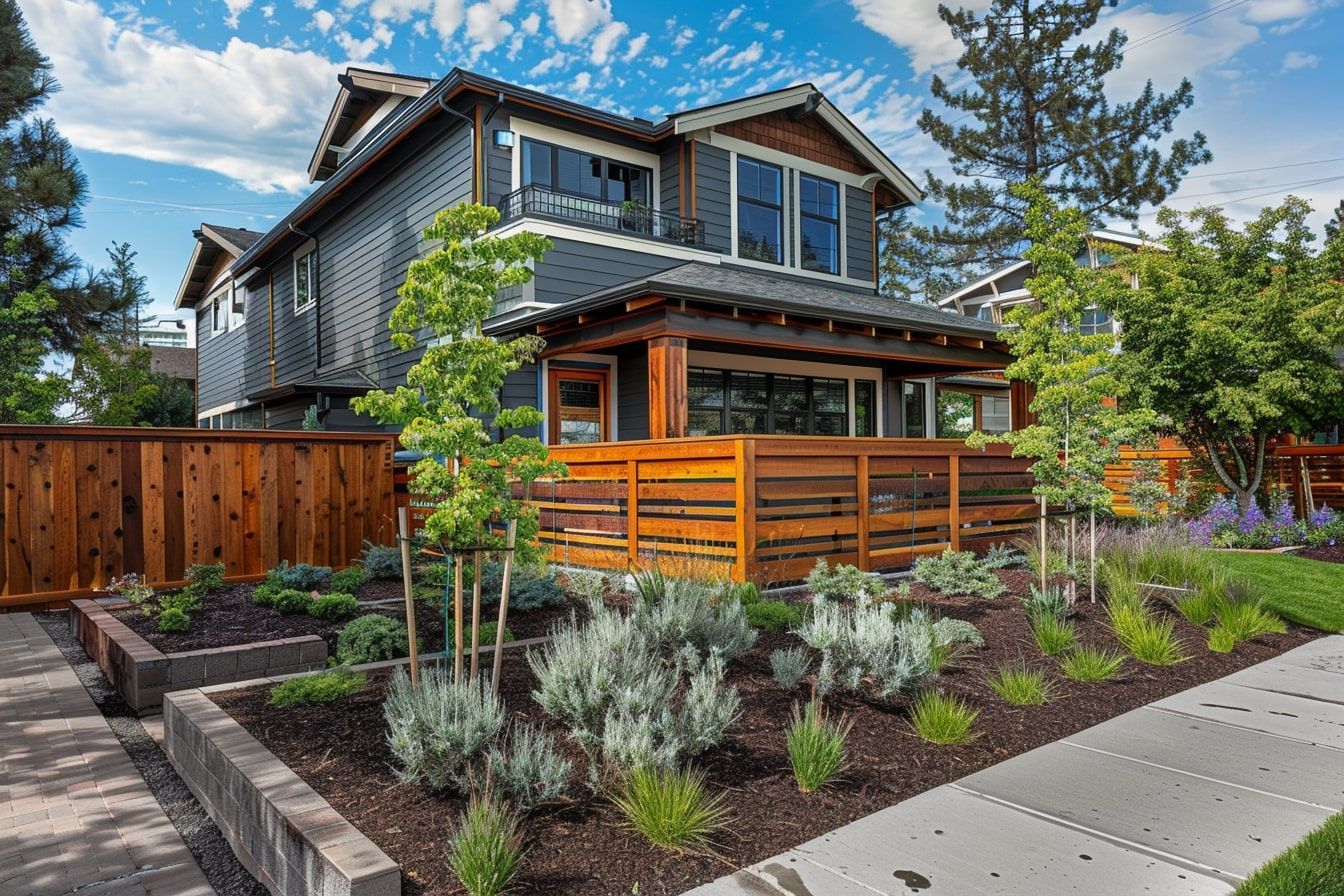Comparing Cedar vs. Pine: Which Wood is Best for Your Fence?
Are you planning to install a wood fence but torn between choosing cedar or pine? Both cedar and pine are popular choices for wood fences, each offering unique benefits and characteristics. Deciding which wood is best for your fence depends on various factors, including durability, cost, and appearance. In this article, we’ll compare cedar and pine to help you find the perfect fit for your fencing needs.
1. Durability
When it comes to durability, both cedar and pine have their strengths. Understanding how each wood type stands up to the elements and wear and tear can help you make an informed decision.
Cedar Durability
Cedar is renowned for its natural resistance to rot, decay, and insect infestations. This inherent durability makes cedar an excellent choice for outdoor use. The wood contains natural oils and compounds that act as preservatives, extending the lifespan of your fence.
Benefits of Cedar Durability
- Rot and Decay Resistance: Cedar’s natural resistance to moisture and decay helps maintain the structural integrity of your fence over time.
- Insect Repellent: The natural oils in cedar deter insects, reducing the risk of termite damage and other pests.
- Low Maintenance: Due to its resistance to rot and insects, cedar fences require less frequent maintenance compared to other wood types.
Pine Durability
Pine, particularly when pressure-treated, can also be quite durable. Pressure treatment involves infusing the wood with chemical preservatives to protect against rot, decay, and insects. While untreated pine is more susceptible to these issues, pressure-treated pine offers enhanced durability.
Benefits of Pine Durability
- Cost-Effective Durability: Pressure-treated pine provides a durable option at a lower cost compared to cedar.
- Versatility: Pine is widely available and can be treated to increase its lifespan, making it a versatile choice for various applications.
2. Cost
Cost is a significant factor when choosing the material for your fence. Cedar and pine vary in price, and understanding these differences can help you stay within your budget.
Cedar Cost
Cedar tends to be more expensive than pine. The higher cost is due to its natural durability, aesthetic appeal, and the fact that it is often sourced from specific regions.
Factors Influencing Cedar Cost
- Quality: Higher-grade cedar will cost more, but it offers superior durability and appearance.
- Availability: Cedar sourced from certain regions may be more expensive due to transportation costs.
Pine Cost
Pine is generally more affordable than cedar, making it a popular choice for budget-conscious homeowners. The cost of pine can vary depending on whether it is treated or untreated.
Factors Influencing Pine Cost
- Treatment: Pressure-treated pine is more expensive than untreated pine, but it offers better durability.
- Grade: The quality and grade of pine can affect the price, with higher grades costing more.
Cost Comparison
Here is a quick comparison of cedar and pine costs:
- Cedar:
- Higher initial cost
- Longer lifespan with less maintenance
- Pine:
- Lower initial cost
- May require more maintenance over time
3. Appearance
The aesthetic appeal of your fence is another important consideration. Both cedar and pine have distinctive appearances that can complement different styles and preferences.
Cedar Appearance
Cedar is valued for its rich, warm tones and attractive grain patterns. It ages gracefully, developing a silvery-gray patina over time if left untreated. Cedar can also be stained or painted to maintain its original color or achieve a desired look.
Aesthetic Benefits of Cedar
- Natural Beauty: Cedar’s natural color and grain make it a visually appealing choice.
- Aging Gracefully: The weathered patina adds character and charm to cedar fences.
- Customizable: Cedar can be easily stained or painted to match your desired aesthetic.
Decorative Elements for Cedar
- Lattice Panels: Add a decorative element that provides both privacy and style.
- Post Caps and Finials: Enhance the look of your cedar fence with stylish post caps and finials.
Pine Appearance
Pine has a more uniform appearance with a light, pale color. It can be stained or painted to suit your taste, offering versatility in design. However, pine does not age as gracefully as cedar and may require more frequent maintenance to keep it looking its best.
Aesthetic Benefits of Pine
- Versatility: Pine’s light color allows for a wide range of staining and painting options.
- Uniform Look: Pine provides a consistent, clean appearance.
- Budget-Friendly: Pine offers a cost-effective way to achieve a beautiful wood fence.
Decorative Elements for Pine
- Custom Staining: Achieve a variety of looks with custom stains.
- Decorative Post Caps: Add a unique touch with decorative post caps.
4. Environmental Impact
Considering the environmental impact of your fencing material is important for eco-conscious homeowners. Both cedar and pine have their environmental pros and cons.
Cedar Environmental Impact
Cedar is a renewable resource, and when sourced responsibly, it can be an environmentally friendly choice. The natural durability of cedar also means fewer chemical treatments are needed.
Environmental Benefits of Cedar
- Sustainable Sourcing: Cedar can be harvested from responsibly managed forests.
- Natural Durability: Less reliance on chemical treatments helps reduce environmental impact.
- Biodegradable: Cedar decomposes naturally at the end of its life cycle.
Pine Environmental Impact
Pine grows quickly and is widely available, making it a sustainable option. However, pressure-treated pine involves chemical preservatives, which can have environmental implications.
Environmental Benefits of Pine
- Fast Growth: Pine is a renewable resource that grows quickly.
- Widespread Availability: Easily sourced from various regions, reducing transportation emissions.
- Biodegradable: Untreated pine decomposes naturally, but treated pine requires careful disposal.
5. Ease of Installation
The ease of installation can influence your choice of fencing material, especially if you plan to tackle the project yourself.
Cedar Installation
Cedar is relatively lightweight and easy to work with, making it a favorite among DIY enthusiasts. Its natural resistance to splitting and warping simplifies the installation process.
Cedar Installation Benefits
- Lightweight: Easier to handle and install.
- Workability: Cedar is less likely to split or warp during installation.
- DIY-Friendly: Ideal for homeowners looking to install their fence themselves.
Cedar Installation Tips
- Use Galvanized Nails: Prevent rust and extend the life of your fence.
- Pre-Drill Holes: Reduce the risk of splitting the wood.
Pine Installation
Pine, especially when pressure-treated, can be heavier and more challenging to work with. However, it is still a popular choice for DIY projects due to its availability and cost.
Pine Installation Benefits
- Availability: Widely available and easy to source.
- Cost-Effective: Lower cost materials make it budget-friendly.
- Versatile: Can be used in various fence designs and styles.
Pine Installation Tips
- Seal the Ends: Prevent moisture absorption and extend the life of your fence.
- Use Treated Lumber: Ensure longevity and durability of your fence.
Conclusion
Choosing between cedar and pine for your fence depends on your priorities regarding durability, cost, appearance, environmental impact, and ease of installation. Cedar offers natural durability, aesthetic appeal, and low maintenance but comes at a higher cost. Pine provides a budget-friendly, versatile option with adequate durability, especially when pressure-treated.
For homeowners in Macomb and Oakland, Michigan, looking to install a wood fence, RS Fence Installations offers expert services tailored to your needs. Visit our wood fence installation services page for more information and to get started on enhancing your home’s exterior with the perfect wood fence.
External Resources
- For more detailed instructions on installing a wood fence, visit Lowe’s Installation Guide.
- To explore various wood fence design ideas, check out HGTV’s Wood Fence Design Gallery.
- Learn about the environmental benefits of wood fences at The American Forest Foundation.
The post Comparing Cedar vs. Pine: Which Wood is Best for Your Fence? appeared first on RS Fence Installations.
